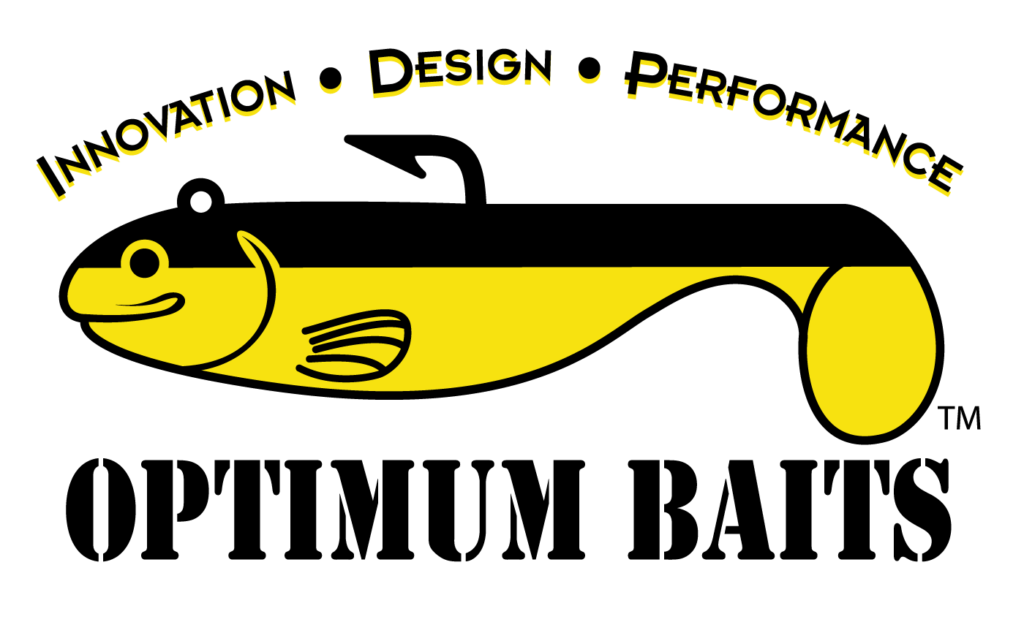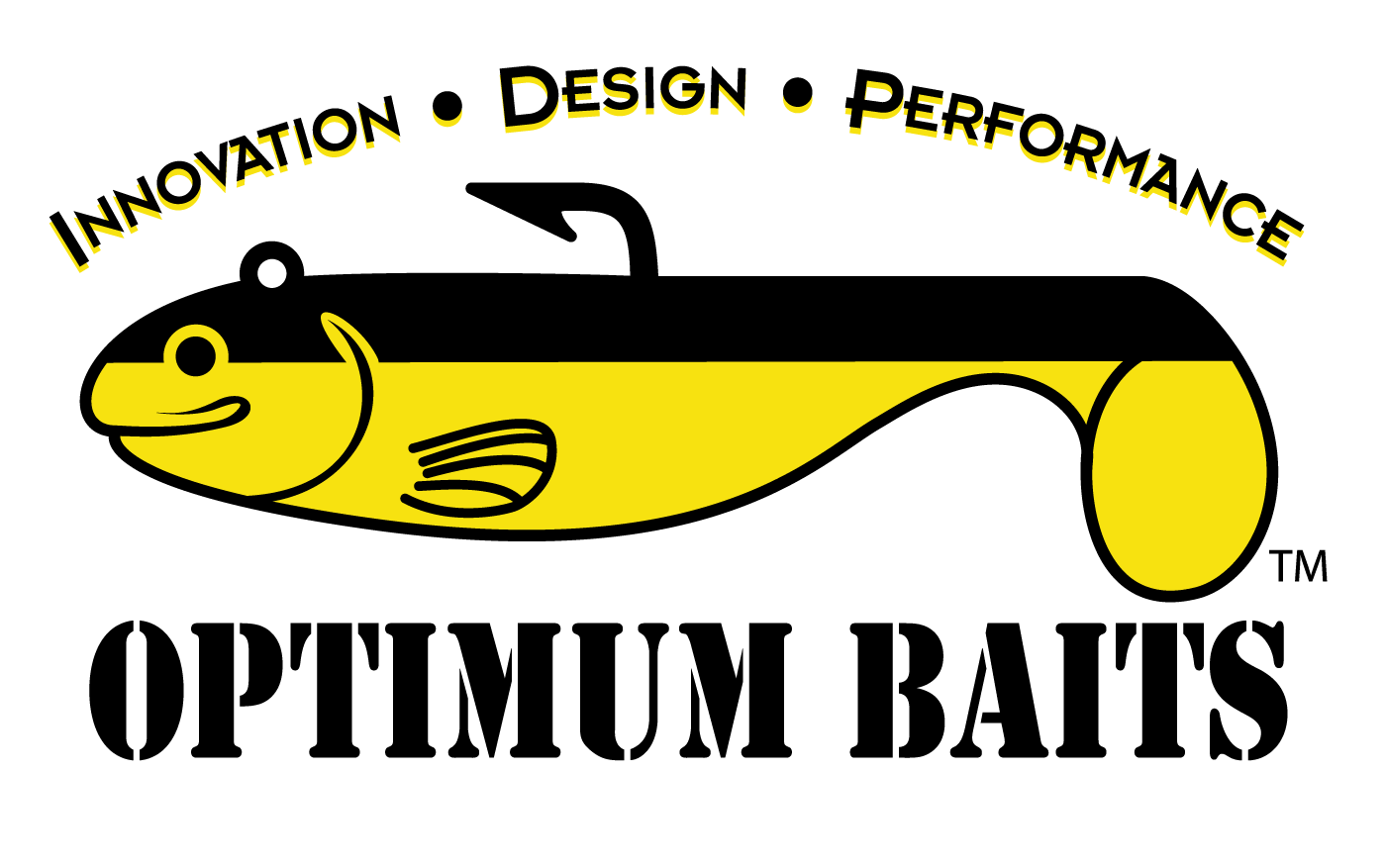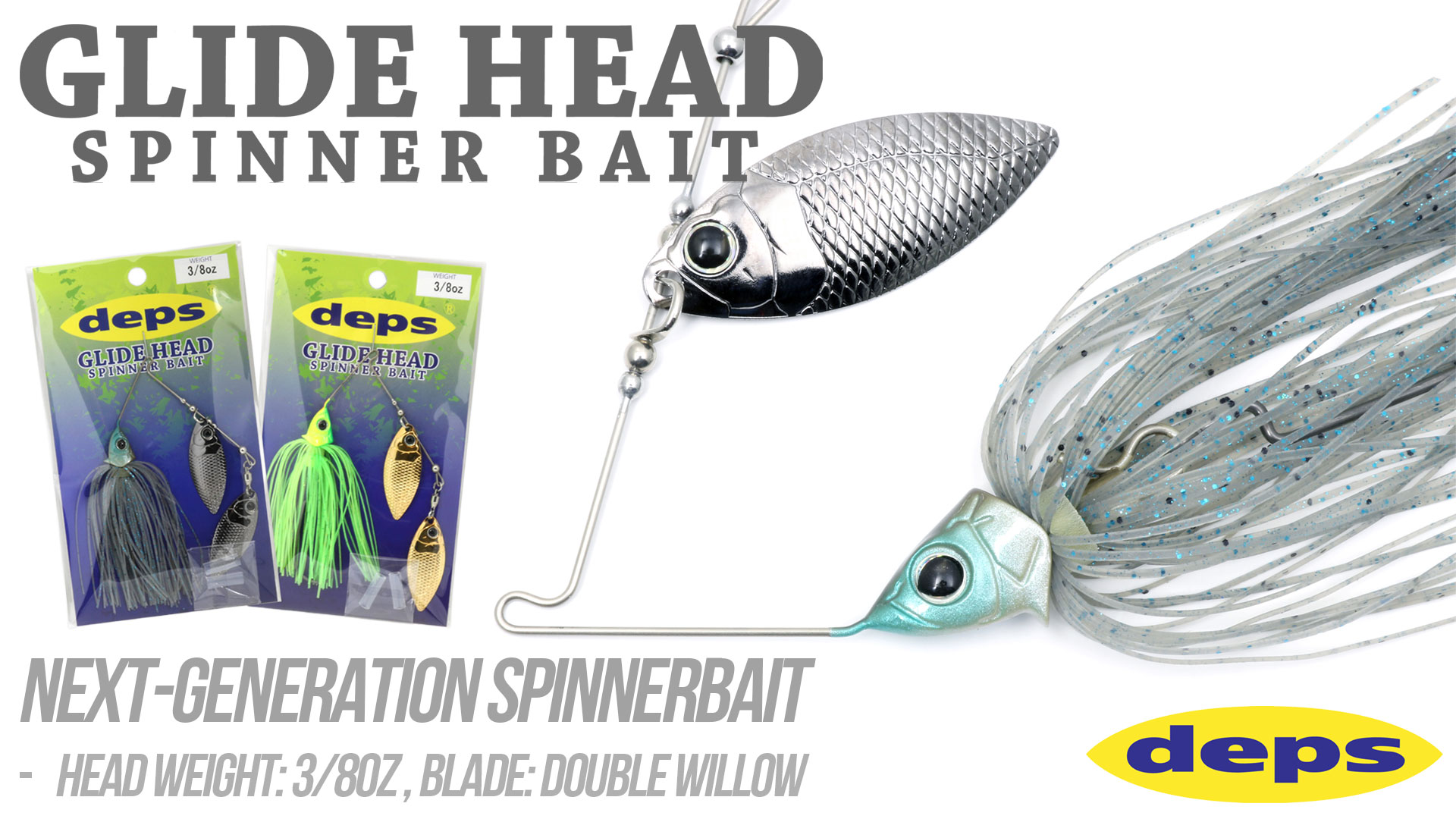The immediate post-spawn is one of Randy Pringle’s favorite times of year because it signals the beginning of prime topwater season. The key during this time period, he said, is to “be adjustable.”
Fortunately, IMA gives him three solid tools to work with – the Roumba, the Skimmer and the Big Stik, the latter of which is his personal favorite because he had a large role in its development. It’s big bait that produces some of the biggest bass he’s ever caught.
“It’s so erratic,” he said. “It has that far left to far right action and there’s a lot of water being pushed that bass feel the need to come and investigate. It pushes more water than the others, so on a very windy day the bass might not know that the other lures are there.”
That’s great if there’s wind or current breaking up the silhouette, but on calmer days, he’ll go with the less intrusive and smaller lures, especially if the bass indicate that they’re going to be less active.
“Right now,” he said, referring to the months of May and June, the fish are not chasing long distances. They may be protecting fry or they may just be tuckered out from the spawn, but it’s important to try to keep the bait in a confined area. Keep it in the strike zone as long as you can. With the Skimmer, for example, you want to stretch out the retrieve a bit – maybe one-two-sit or one-two-three-sit.”
One key to slowing down the retrieve is to increase the size of his monofilament line. “A lot of guys downsize, but this time of year I upsize,” Pringle said. “That works to keep the bait afloat.”





